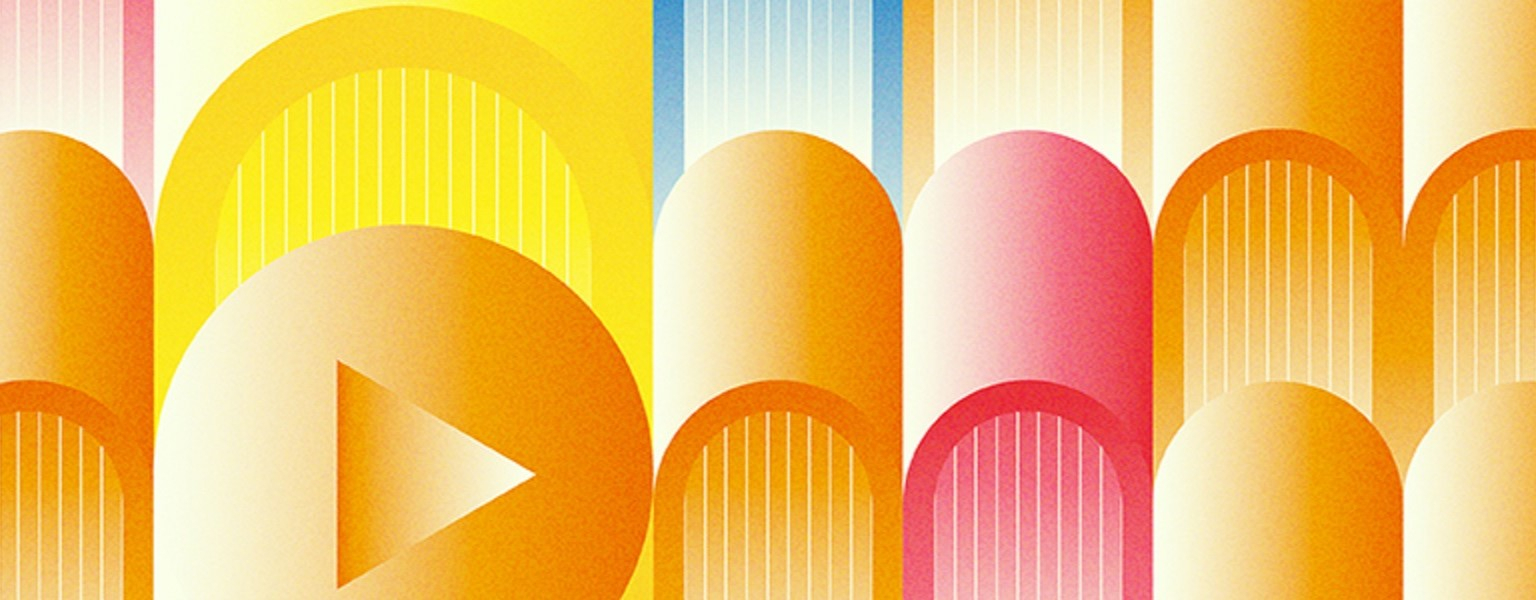
【Ming Pao】母鋼琴陪學復陪練 自閉兒「絕望」變「絕妙」(Chinese Version Only)
2025.03.22
Date: 26 March, 2025Media: Ming Pao
Details in Chinese version only.


【HK01】多元共融藝術巡禮啟動 孫玉菡:向國際展示本港推動成績 (Chinese only)
2025.03.26
Date: 11 February, 2025Media: HK01
Details in Chinese version only.


【Hong Kong Commercial Daily】香港展能藝術會慈善音樂會2025圓滿落幕(Chinese Only)
2025.02.24
Date: 24 February 2025
Media: Hong Kong Commercial Daily
(Chinese Only)


【hkcna】香港駐華盛頓經貿辦舉辦新春酒會 (Chinese Only)
2025.02.27
Date: 11 February, 2025Media: hkcna
Details in Chinese version only.


【Bastille Post Global】HKETO Hosts Lunar New Year Reception, Celebrating Hong Kong's Arts and Economic Ties with the U.S.
2025.02.11
HKETO, Washington DC hosts Chinese New Year Reception
The Hong Kong Economic and Trade Office in Washington DC (HKETO, Washington DC) hosted a Chinese New Year reception on February 6 (Washington DC time). Some 700 guests attended to welcome the Year of the Snake.
The reception began with performances by musicians Yang Enhua, Hong Ting Laurina and Ding Yijie from the Arts with the Disabled Association Hong Kong. Speaking to a distinguished audience, which included US government officials, congressional staff, Ambassadors and others, Sylvester Wong, Director of the HKETO, Washington DC, said the performances exemplified the "perseverance and diversity of Hong Kong's performing arts scene and the power of inclusion across the arts." He acknowledged Cathay Pacific Airway's support for the musicians' US tour.
Date: 11 February, 2025Media: Bastille Post Global
Full Article


【Hong Kong Economic Times】文藝活動丨《無限亮2025》4大推介節目 跨界藝術家共展傷健互融 ( Chinese Only)
2025.02.07
Date: 7 February, 2025Media: Hong Kong Economic Times
Details in Chinese version only.






